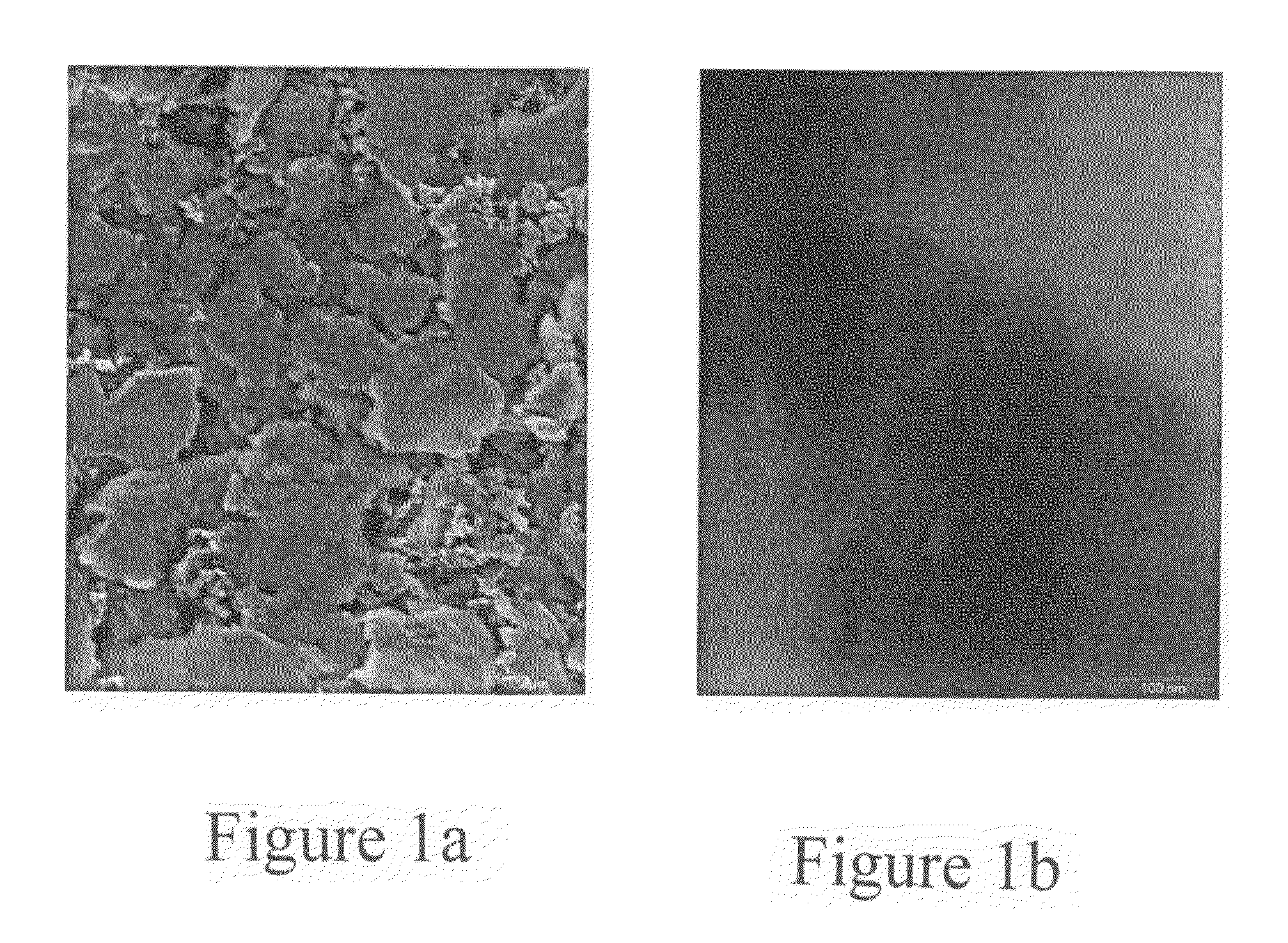Carbon nanotubes-reinforced conductive silver ink
a technology of carbon nanotubes and conductive silver ink, which is applied in the direction of non-metal conductors, inks, conductors, etc., can solve the problems of lower mechanical strength and fatigue life, higher electrical and thermal resistance, and conductive adhesives suffer, etc., to achieve high conductivity, high strength, mechanical strength and durability
- Summary
- Abstract
- Description
- Claims
- Application Information
AI Technical Summary
Benefits of technology
Problems solved by technology
Method used
Image
Examples
Embodiment Construction
[0013]A preferred embodiment of the present invention uses polymer based conductive silver ink containing, generally: polymer, silver flakes and solvent. The polymer may be either thermosetting or thermoplastic. The polymer may be either one part or multiple part co-polymer. The silver content in the silver ink may vary from 2% to 95%. The silver flakes size could vary from 1 nm-100 micron.
[0014]First, carbon nanotubes are dispersed in a solvent (acetone, glycol ethers, acetates or alcohol) and sonicated. This nanotube dispersed solvent is then added to the conductive silver ink and mechanically stirred. The carbon nanotube weight fraction in the resulting mixture may vary from 0.00001% to 80% by weight. The resulting mixture remains stable and uniformly dispersed for more than two months.
[0015]Due to mechanical deterioration, the micron sized silver flakes in conductive silver ink separate as shown in FIG. 1a. By reinforcing with carbon nanotubes (CNTs), the nanotubes in effect “br...
PUM
| Property | Measurement | Unit |
|---|---|---|
| size | aaaaa | aaaaa |
| weight fraction | aaaaa | aaaaa |
| conductive | aaaaa | aaaaa |
Abstract
Description
Claims
Application Information
 Login to View More
Login to View More - R&D
- Intellectual Property
- Life Sciences
- Materials
- Tech Scout
- Unparalleled Data Quality
- Higher Quality Content
- 60% Fewer Hallucinations
Browse by: Latest US Patents, China's latest patents, Technical Efficacy Thesaurus, Application Domain, Technology Topic, Popular Technical Reports.
© 2025 PatSnap. All rights reserved.Legal|Privacy policy|Modern Slavery Act Transparency Statement|Sitemap|About US| Contact US: help@patsnap.com

